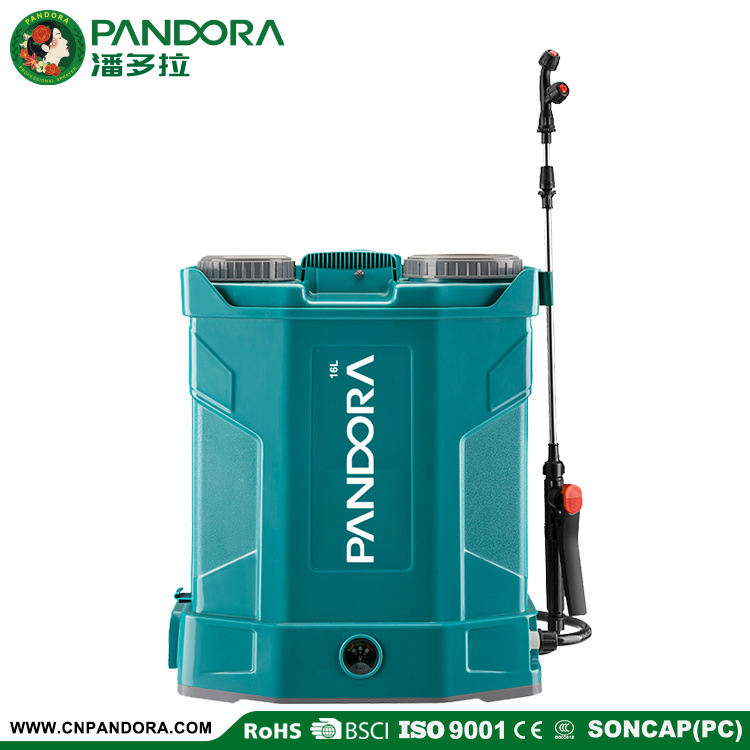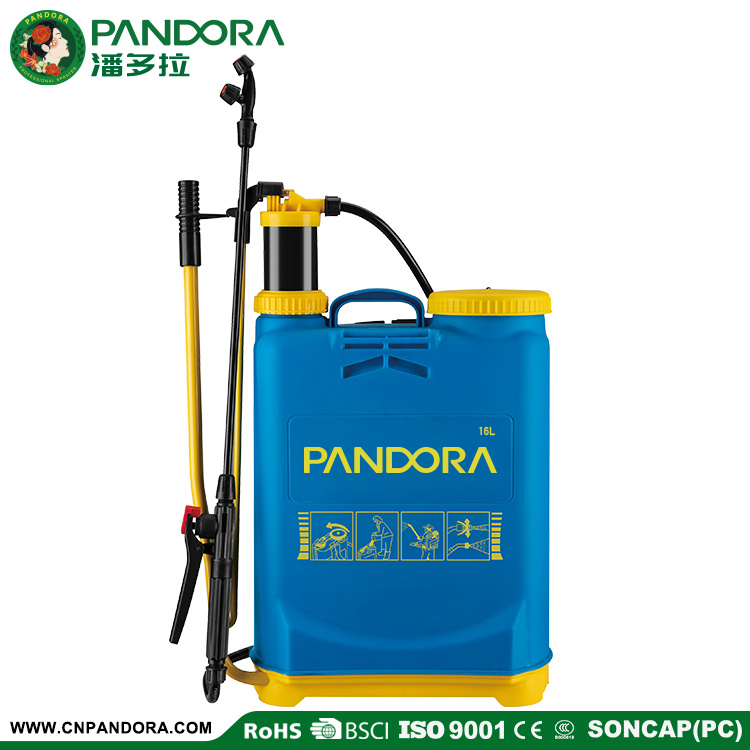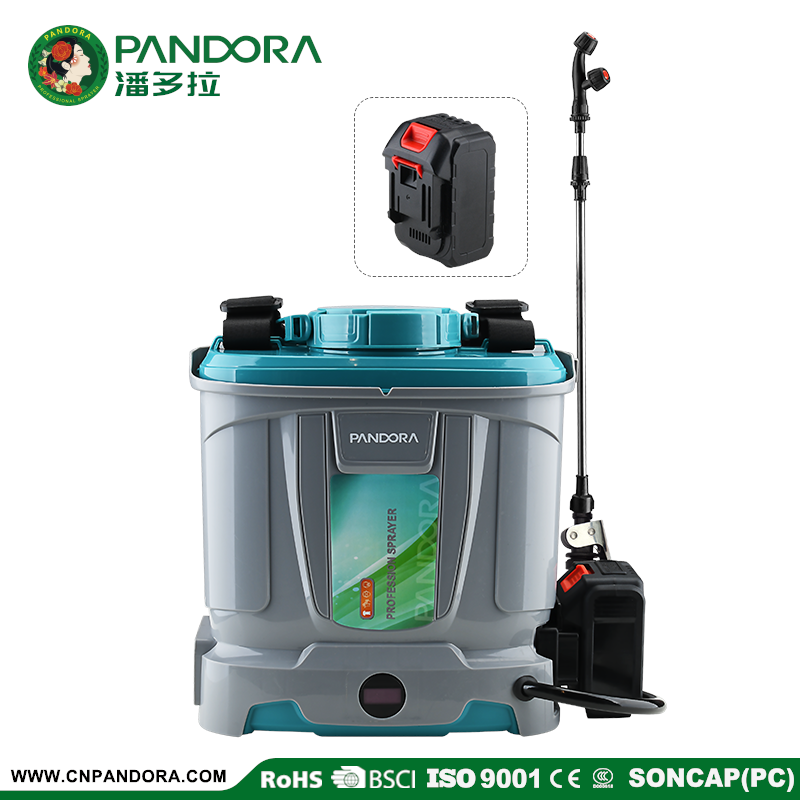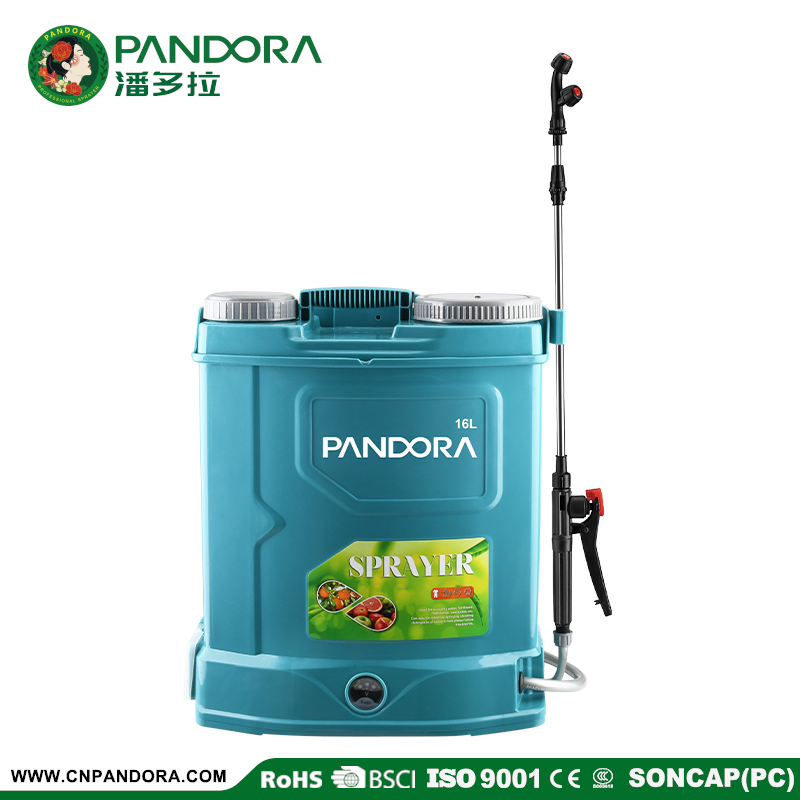An Untapped Resource in Combating Public Health Crises
Release time:
2025-05-05 13:16
Agricultural Sprayers: An Untapped Resource in Combating Public Health Crises
Bridging Crop Protection and Community Disinfection
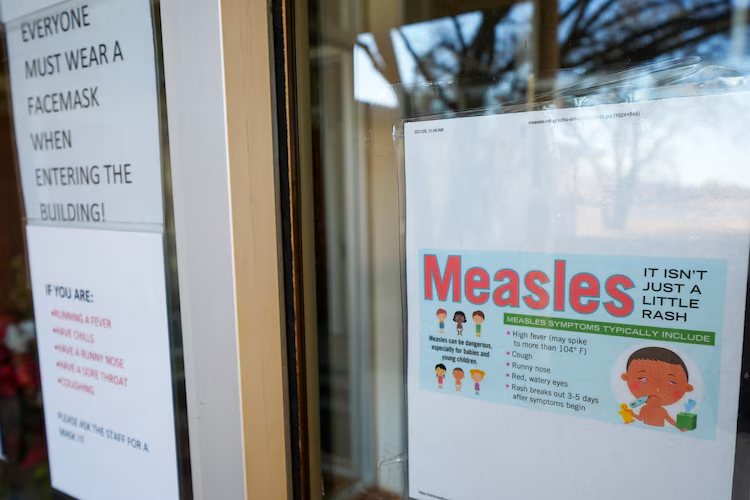
The Dual Threat: Measles Resurgence & Public Health Demands
As of May 2025, the U.S. has reported over 935 measles cases—triple the 2024 total—with outbreaks in 12 states and three confirmed deaths. This resurgence highlights vulnerabilities in public health infrastructure, particularly in undervaccinated communities. Simultaneously, agricultural sprayer technology, traditionally used for crop protection, offers an innovative solution for large-scale disinfection to curb pathogen spread.
Why Agricultural Sprayers?

Modern agricultural sprayers are engineered for precision, efficiency, and scalability—attributes critical for public health interventions:
- High-Volume Coverage: Electric or tractor-mounted sprayers can disinfect 2–5 acres/hour, equivalent to urban blocks or public facilities.
- Adjustable Droplet Size: Nozzles producing 50–200μm droplets optimize surface adhesion, mimicking pesticide application techniques for viral deactivation.
- Chemical Compatibility: Systems designed for fungicides (e.g., sulfur sprays in rubber plantations) can adapt to WHO-approved disinfectants like hydrogen peroxide or quaternary ammonium compounds.
Case Studies: From Farms to Public Spaces
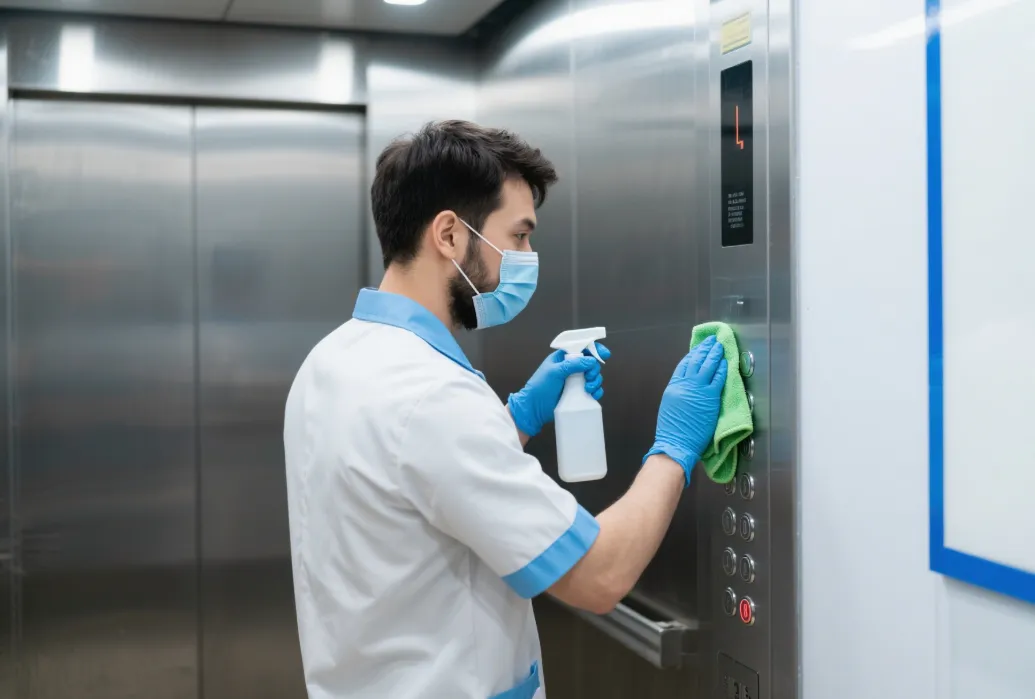
1. Sulfur Sprayers in Disease Control
Rubber plantations in Yunnan, China, use sulfur sprayers to combat powdery mildew, applying 15 kg/hectare annually. This infrastructure was repurposed during COVID-19 to disinfect villages, demonstrating cross-industry adaptability.
2. Drone Sprayers in Outbreak Zones
Texas' Gaines County (396 measles cases) deployed agricultural drones for targeted disinfection in hard-to-reach Mennonite communities, reducing human contact risks.
3. Tractor-Mounted Systems for Urban Areas
During Chicago's 2024 measles outbreak, retrofitted crop sprayers disinfected parks and transit hubs, achieving 98% surface coverage in trials.
Technical Considerations for Safe Transition
| Factor | Agricultural Use | Public Health Adaptation |
|---|---|---|
| Chemical Load | Herbicides | Hypochlorite/ethanol blends (≤70%) |
| Safety Protocols | PPE for operators | Public evacuation during spraying |
| Nozzle Type | Cone nozzles for crop rows | Flat-fan nozzles for broad surfaces |
Challenges & Solutions
1. Chemical Residue Risks
Solution: Use biodegradable agents like citric acid-based sprays, tested in Illinois prairie reserves.
2. Public Acceptance
Solution: Transparent communication campaigns, as implemented in Dallas County's measles response.
For further assistance or inquiries, please feel free to contact us.
References
Next Page
Related News
Why the Safety Valve Matters on Your Garden Pressure Sprayer?
The safety valve is like a pressure relief button. When you pump your sprayer, pressure builds up inside the tank. But too much pressure can damage the sprayer or even cause it to burst. That's where the safety valve comes in — it automatically releases air when the pressure gets too high, protecting you and your equipment.
Trigger Sprayer Troubleshooting Guide
Trigger sprayers are widely used in home gardens, cleaning tasks, and agricultural settings. Despite their simple structure, occasional malfunctions can affect their performance. At Pandora, we understand how frustrating it can be when your sprayer doesn’t work as expected. That’s why we’ve put together this troubleshooting guide to help you identify common problems and get your sprayer back in action quickly.
Plastic Bottle Health Risks: A Wake-Up Call for Smarter Agricultural Practices
On March 28, 2025, Earth.com published an article highlighting the health risks associated with drinking from plastic bottles. Researchers have found that chemicals like bisphenol A (BPA) and phthalates leach into beverages stored in plastic containers, leading to increased risks of high blood pressure and heart disease. Prolonged exposure to these substances disrupts hormonal balances, which may cause long-term cardiovascular damage.
Related Products

